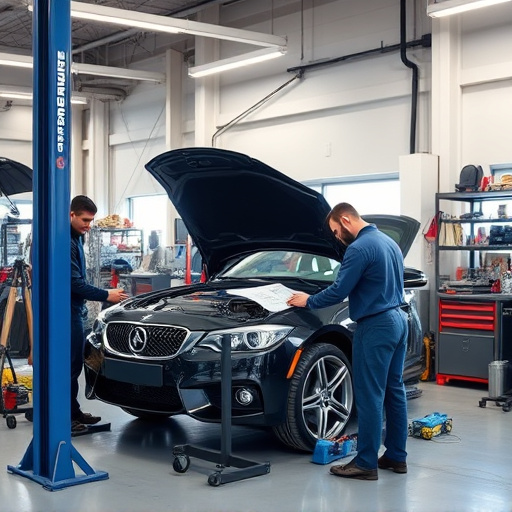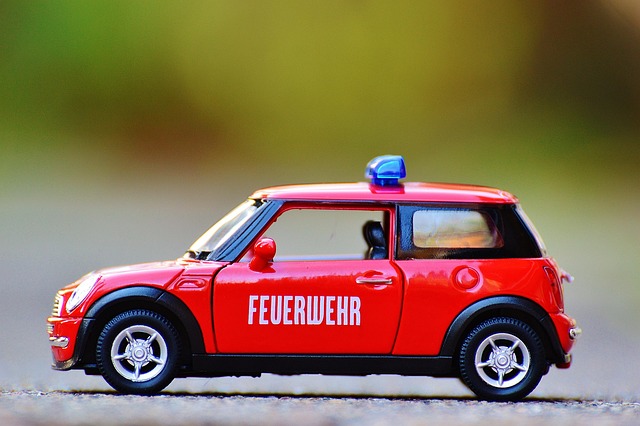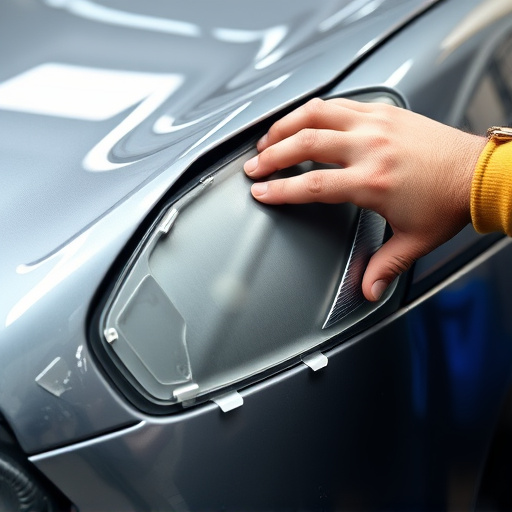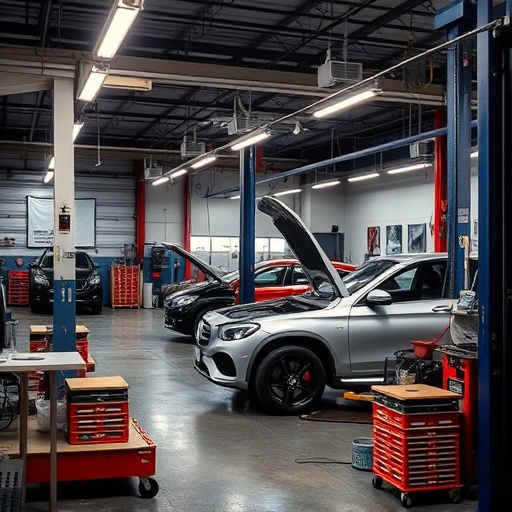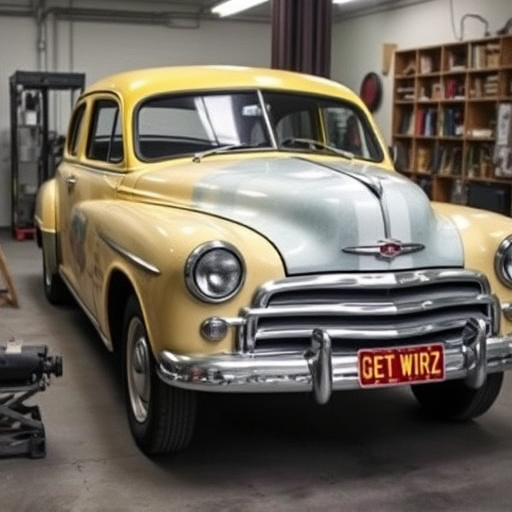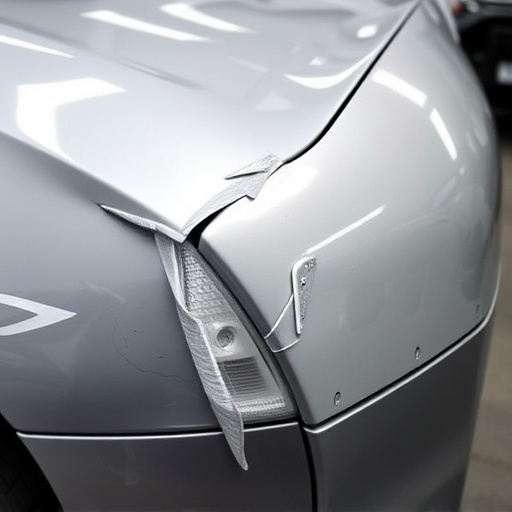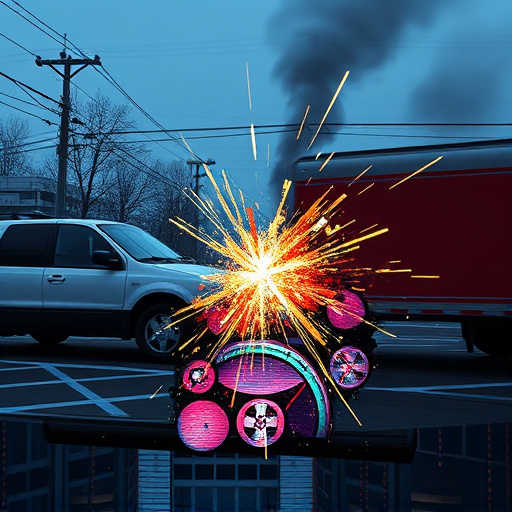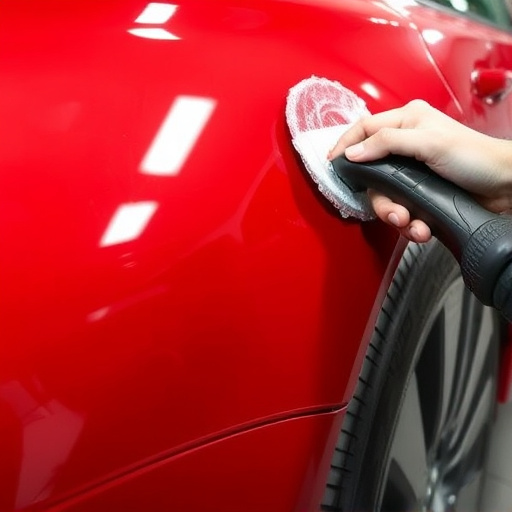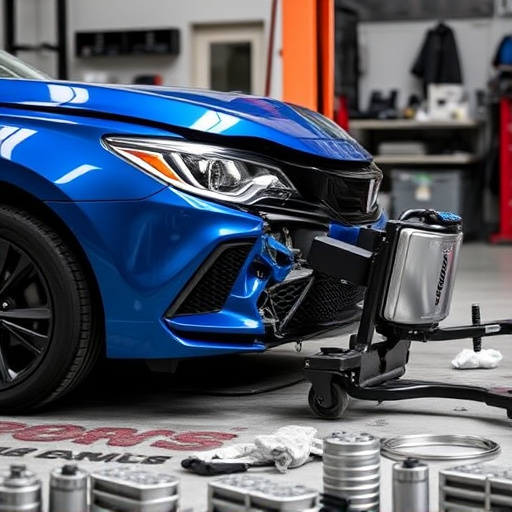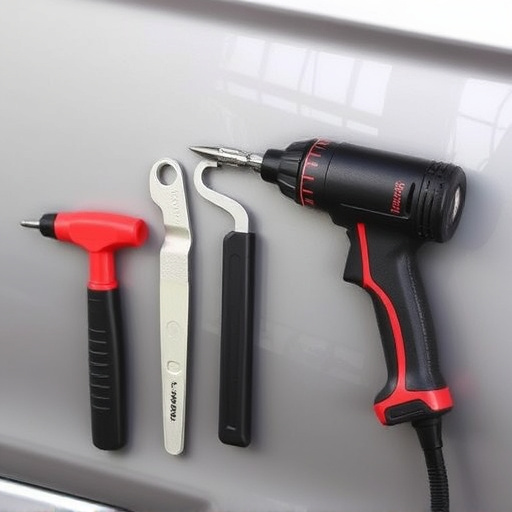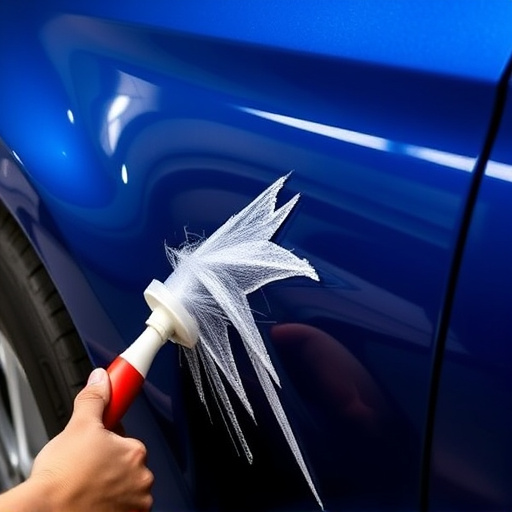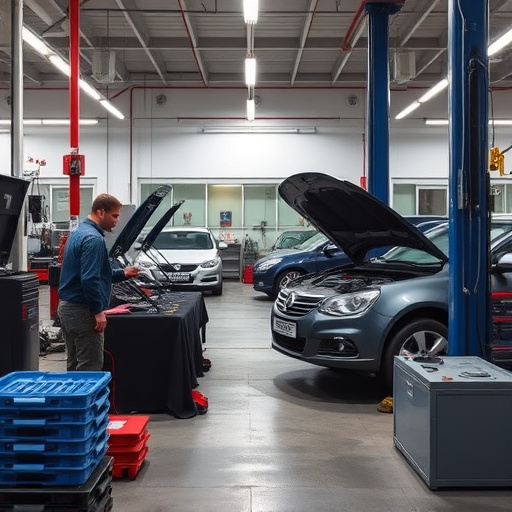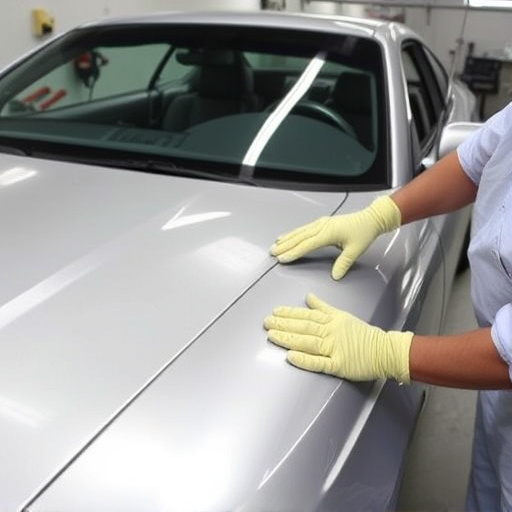To assess precision collision repair quality, inspect meticulous detail, seamless panel alignment, and flawless finishes. Check facility reputation, experience in various repair types, and transparent communication with clear estimates. Begin with a visual inspection of vehicle alignment, paint quality, and structural integrity. Focus on detailed craftsmanship, industry standards adherence, and advanced technician training. Reputable shops use computer-aided measurements and certifications for assurance in specialized tasks.
Spotting top-tier precision collision repair work is crucial for ensuring your vehicle’s safety and value. This comprehensive guide breaks down essential indicators of quality, helping you navigate the process confidently. From meticulous visual inspections revealing expert craftsmanship to hidden testing protocols and industry certifications, we demystify what sets apart exceptional repair shops. By understanding these key factors, you’ll be equipped to identify the best precision collision repair services for your needs.
- Understanding Key Indicators of Quality Repair
- Visual Inspection: What to Look For
- Beyond Appearance: Testing and Certification Matters
Understanding Key Indicators of Quality Repair
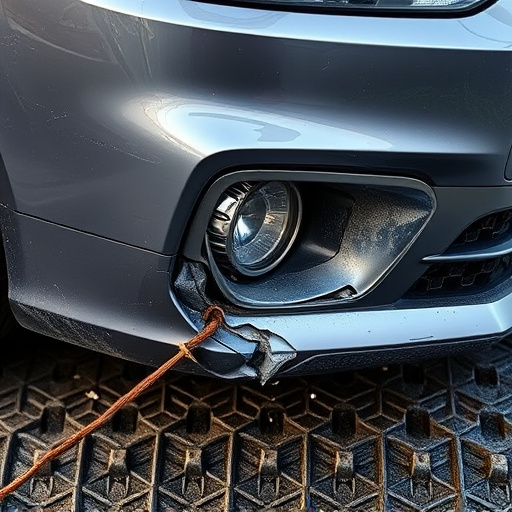
When assessing precision collision repair work, several key indicators can help you determine the quality of the service provided. First and foremost, look for evidence of meticulous attention to detail. High-quality autobody repairs involve precise measurements, seamless panel alignment, and flawless finishes. Even minor imperfections or misalignments could suggest subpar workmanship.
Additionally, consider the reputation of the repair facility and their experience in handling various types of vehicle collision repair, including scratch repair. A well-regarded shop will have a team of skilled technicians who stay updated with the latest industry standards and technologies. They should be able to provide transparent communication about the repair process, offering clear estimates, explaining procedures, and addressing any concerns you might have regarding your vehicle’s restoration.
Visual Inspection: What to Look For
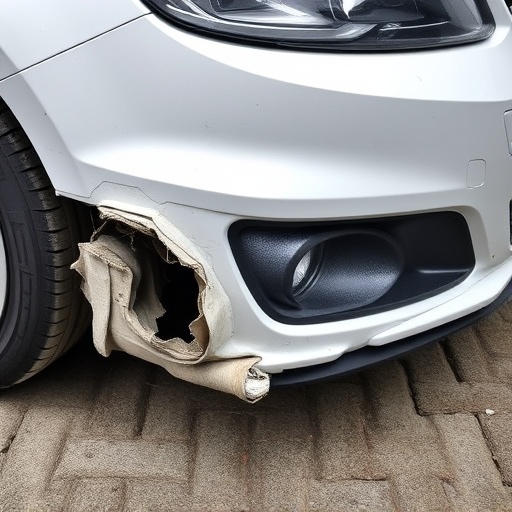
When evaluating precision collision repair work, a thorough visual inspection is paramount. Start by examining the overall alignment of the vehicle—all panels should be straight and parallel, with no gaps or misalignments. Look for smooth, clean edges where parts have been replaced or repaired; uneven or rough finishes may indicate subpar workmanship. Check for consistent paint quality, especially around panel joints. A professional mercedes benz repair or car collision repair job will feature seamless integration between old and new paint, with minimal visible signs of the repair.
Pay close attention to detail during your visual assessment. Check for properly fitted trim pieces, secure hardware, and clean edges on all components. Look for any signs of over-tightening or damage to surrounding areas caused by aggressive repairs. A high-quality auto repair near me will prioritize precision and care, ensuring minimal distress to adjacent panels and finish work. Finally, inspect the structural integrity—the frame should be straight and secure, with no visible signs of misalignment or weakness.
Beyond Appearance: Testing and Certification Matters
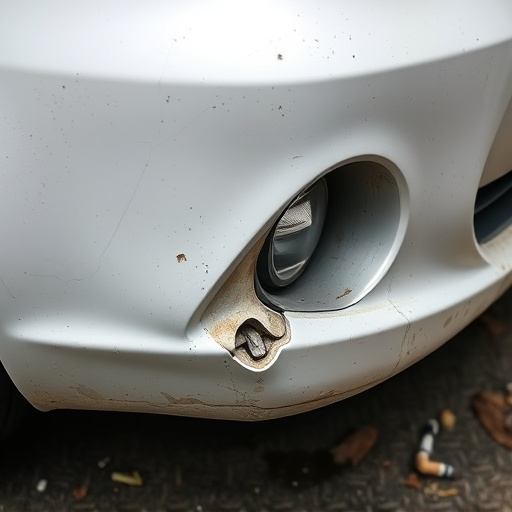
When evaluating precision collision repair work, it’s crucial to look beyond mere aesthetics. High-quality repair isn’t just about making a car look new; it involves meticulous attention to detail and adherence to industry standards. Reputable collision repair shops invest in advanced training and certification programs for their technicians. These programs ensure that the professionals are adept at handling complex repairs like frame straightening, ensuring structural integrity and safety.
Moreover, proper testing is vital. Shops that excel in precision collision repair conduct thorough tests on vehicles after repairs, including computer-aided measurements and quality control checks. This meticulous process guarantees that every component—from panel gaps to paint consistency—meets or exceeds original specifications. Certification from recognized automotive organizations further assures clients of the shop’s competence in addressing hail damage repair, car body restoration, and other specialized tasks.
Spotting high-quality precision collision repair work involves a combination of visual expertise and understanding key indicators. By conducting thorough visual inspections, looking beyond appearances, and considering testing and certification, you can ensure that your vehicle receives top-tier care. Remember, precision collision repair is not just about aesthetics; it’s about restoring your vehicle to its pre-accident condition through meticulous craftsmanship and adherence to industry standards.
